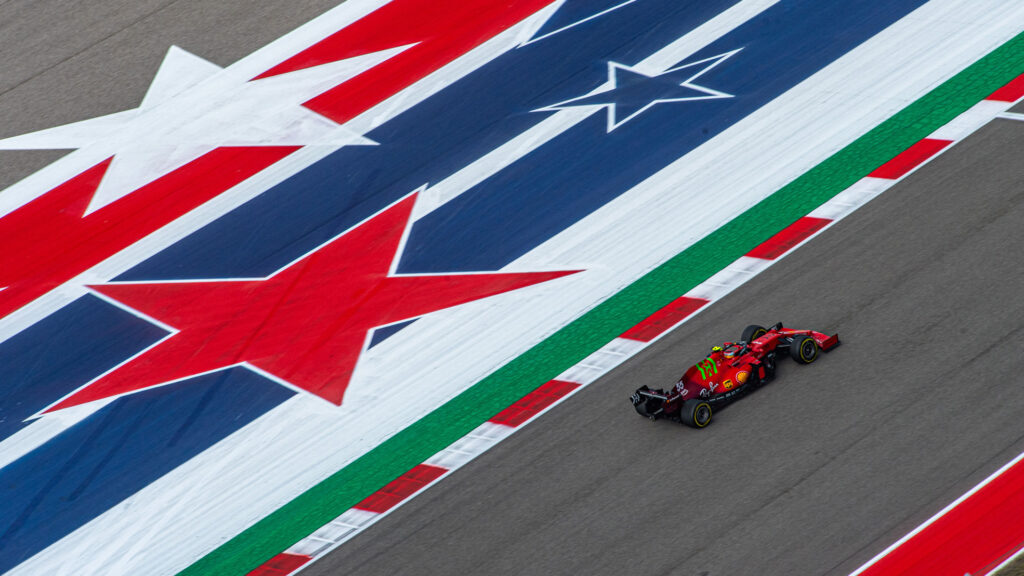Hosting a Formula One race is a monumental undertaking for any country, and the United States is no exception. With its diverse climates, vast geographical expanse, and distinct track designs, the United States presents unique challenges for organizing and hosting a Formula One event.
In this article, we delve into the intricacies and distinctive hurdles faced when bringing the exhilarating world of Formula One to American soil. From logistical considerations to financial implications, we explore the complexities of hosting a Formula One race in the United States.
- Geographic and Climate Variations: One of the significant challenges of hosting a Formula One race in the United States is the diverse geography and climate across the country. From the heat of Austin, Texas, to the unpredictable weather of the northeastern states, organizers must adapt to varying conditions. This poses challenges in terms of track design, tire selection, and logistical preparations to ensure a safe and successful race.
- Track Design and Safety Standards: Each Formula One track is unique, presenting its own set of challenges and safety requirements. When hosting a race in the United States, organizers must ensure that the track meets the stringent safety standards set by the Fédération Internationale de l’Automobile (FIA). The design and layout of the track must accommodate high-speed racing, challenging corners, and provide adequate run-off areas to mitigate potential accidents.
- Infrastructure and Facility Management: Hosting a Formula One race demands a robust infrastructure and effective facility management. The host city must have suitable accommodations, transportation networks, and support services to accommodate teams, fans, and media from around the world. Organizers must coordinate with local authorities to ensure smooth traffic flow, security measures, and crowd management during the race weekend.
- Financial Considerations: The financial implications of hosting a Formula One race can be significant. From securing funding for track construction or upgrades to covering race-related costs, organizers face the challenge of balancing the investment with the expected returns. The economic benefits, such as increased tourism, job creation, and international exposure, need to be carefully weighed against the financial commitment required to host a Formula One event.
- Promoting Fan Engagement and Attendance: Formula One races thrive on the energy and enthusiasm of passionate fans. Encouraging fan engagement and ensuring strong attendance is crucial for a successful event. The challenge lies in creating an immersive experience that goes beyond the race itself, incorporating entertainment zones, fan activities, and interactive displays to enhance the overall fan experience.
- Cultural Adaptation and Appeal: Formula One is a global sport with a diverse fan base. When hosting a race in the United States, organizers must strike a balance between appealing to the traditional Formula One fan base and engaging with the American audience. This involves considering cultural nuances, incorporating local elements, and creating an atmosphere that resonates with both the die-hard racing enthusiasts and the casual sports fans.
Hosting a Formula One race in the United States is a complex endeavor that demands meticulous planning, infrastructure development, and financial considerations. The diverse geography, climate variations, track design requirements, and cultural adaptability pose unique challenges.
However, the rewards of hosting a Formula One race in the United States are substantial, including the economic benefits, tourism promotion, and the opportunity to showcase the country’s love for motorsports to a global audience.
Overcoming the challenges associated with hosting a Formula One race in the United States requires a collaborative effort from organizers, authorities, and the host city, resulting in a spectacular event that leaves a lasting impact on the motorsport landscape of the country.



